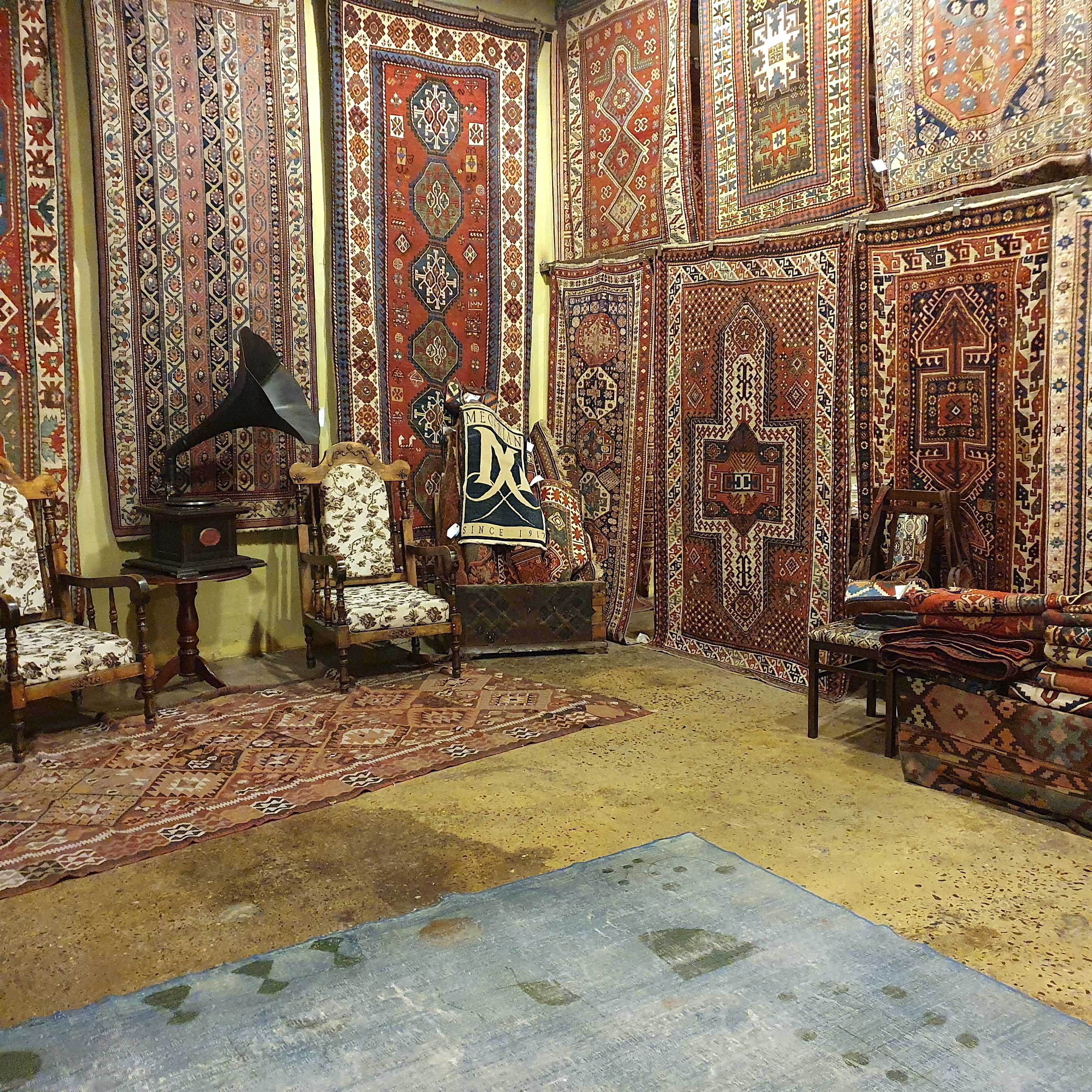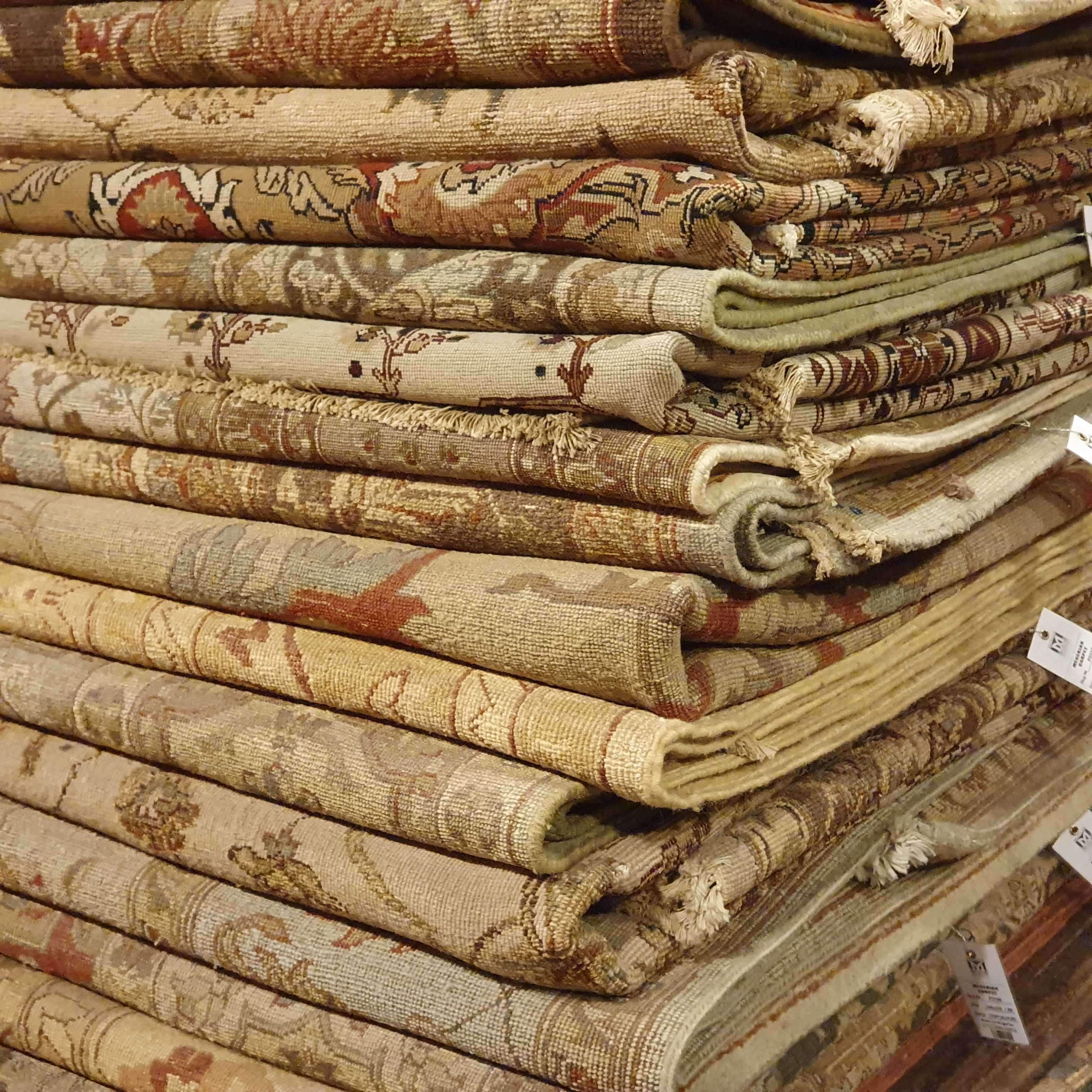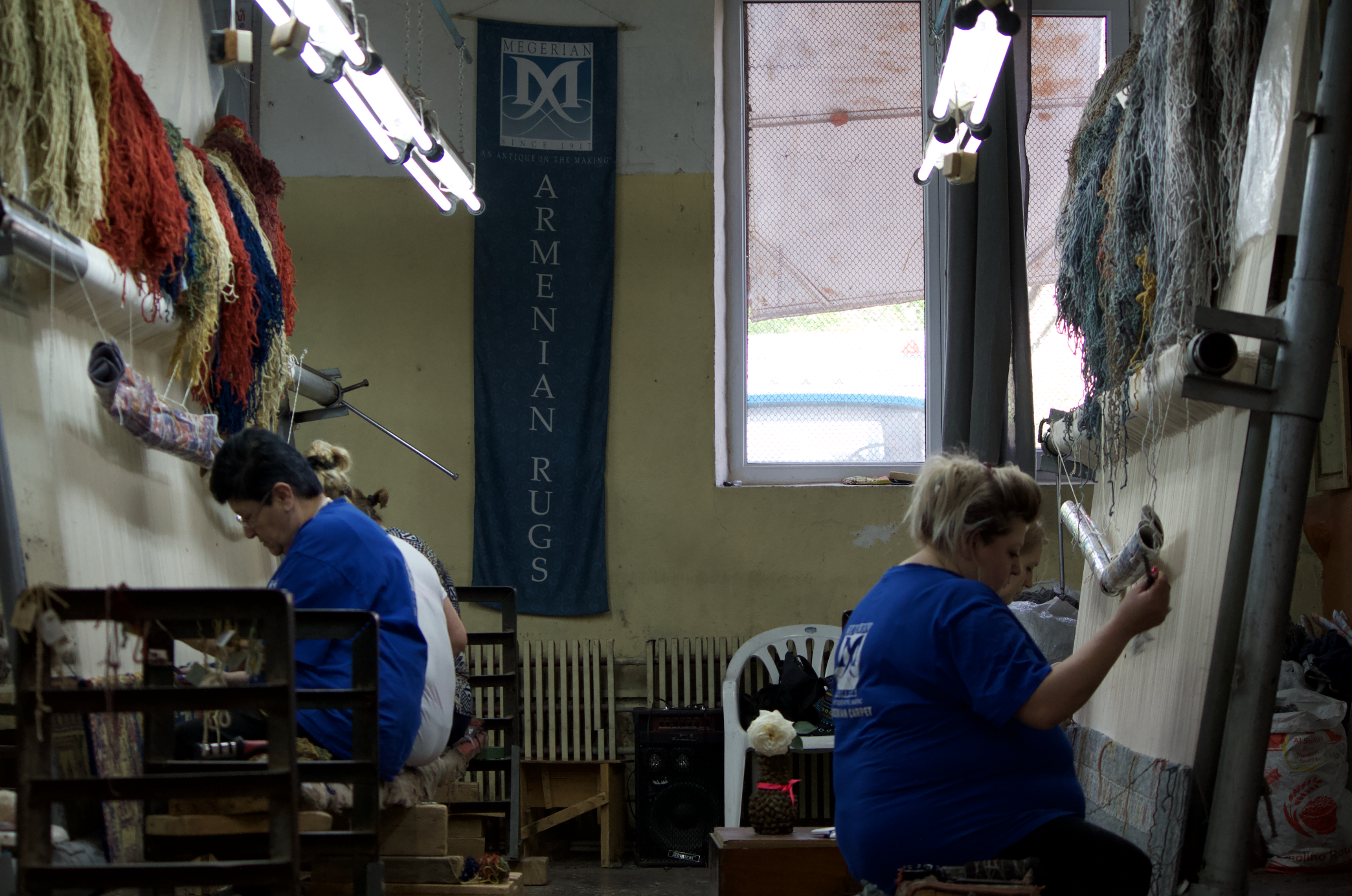Armenian weavers embrace ancient craft
Weaving richly dyed wool into eye-catching and symbolic patterns has been a prized skill in Armenia and throughout the Caucasus for hundreds of years. After surviving empires and cultural shifts, the craft faces an existential threat today, however, due in part to a shrinking number of weavers and limited demand.
The art of carpet weaving is threaded through the cultures in the region. In ancient Armenia, carpets and rugs were traditionally regarded as expensive pieces of furniture, and not everyone owned one. “The individual who possessed a rug was considered to have great abilities,” says ethnographer Ashkhunj Poghosyan. “In the Middle Ages, especially under the Arab Caliphate, it was considered an honor to speak with someone who owned an Armenian rug.”
Poghosyan notes that there is some evidence that the oldest carpet ever found, the Pazyryk, was Armenian-made. He underscores, however, that scholars are divided on whether it originated in Armenia or Persia.
The Pazyryk carpet was discovered in 1949 in the frozen tomb in the Altai Mountains in Siberia, Russia. The carpet, which is thought to be over 2500 years old, retains rich reds and yellows in its design.
Those colors, as well as blue and green, are common in Armenian carpets, according to Leonid Andreasyan, the production and commercial director at Megeryan Carpet. The knotting techniques used in the carpet are also common to Armenian weaving.


““The stylization and symbols of the carpet decorative elements are two characteristics of Armenian carpets… The Pazyryk rug was woven with double knots. Carpet dye uses warm red, notably Ararat valley warm red. The decorative aspects are typical of the Van Kingdom,” he says. “Of course, double knots are not unique to us, and before we tell everyone that the rug is Armenian, we must compare the details and be certain.”
In the Soviet Union, schools were set up in Armenia and elsewhere to teach weaving. People also learned the trade while working alongside expert carpet producers in various factories.

Varvara Yavryan, 65, has worked as a weaver at the Megeryan Carpet factory for 20 years. She learned how to weave carpets from her mother and started working as a weaver when she was still in school.

Varvara Yavryan and her colleagues at Megerian Carpet weave the "Karin" carpet.
“Overall, the work is hard, yet we never get weary of it. You don't get tired of weaving when you genuinely love it,” she says. “While we spend Sunday at home, we race to work on Monday to tie the knot.”
When she was raising her two young children, Varvara weaved carpets from home. But her love of the craft did not inspire her daughter to learn.
The small number of weavers is a real issue, notes Megeryan Carpet’s Andreasyan.
“The number of carpet weavers is decreasing. It is like that all over the world and is connected with the change of life,” he says. “People choose to work in banks or IT companies, or in jobs that are easy and pay well."
To inspire a new generation of weavers, studios like the Folk Arts Hub are organizing carpet weaving courses in the Armenian capital Yerevan and elsewhere in the country.
Some students, Hasmik Markaryan, 46, start their own centers and studios after completing the course. Hasmik, who initially learned how to weave as a child from her mother and grandmother, says everyone who starts weaving “falls in love with it.” She and two other weavers are now teaching the craft in Ijevan, Armenia, where they opened Telik cultural center.
Shahane Serobyan, 24, began teaching weaving at a community center in Aragats, in Armenia’s western Aragatsotn Province after being trained at the Folk Arts Hub.
Shahane worked as a weaver for the Folk Arts Hub for a while as well, working from home when she received orders for carpets or rugs. But the lack of regular work forced her to focus on teaching instead of weaving.
Diana Hovhannisyan, the cultural program organizer at Folk Arts Hub, agrees that low and unstable paychecks, as well as the chronic health problems that trouble weavers—backaches, elbow pain, poor vision—discourage people from weaving carpets and rugs professionally.
For those who love weaving, Shahane says it is imperative to find regular clients.
“Demand in Armenia is quite low,” she says. “You will either do it for yourself or work in a factory.”
This article was produced in the framework of Chai Khana Fellowship program - Spring 2022
DONATE NOW

